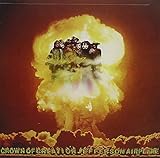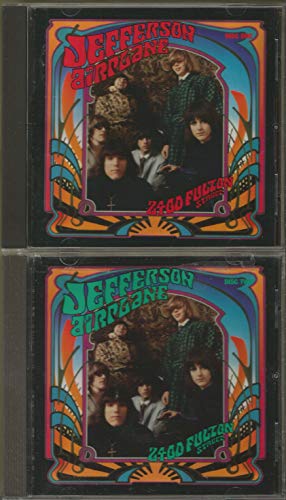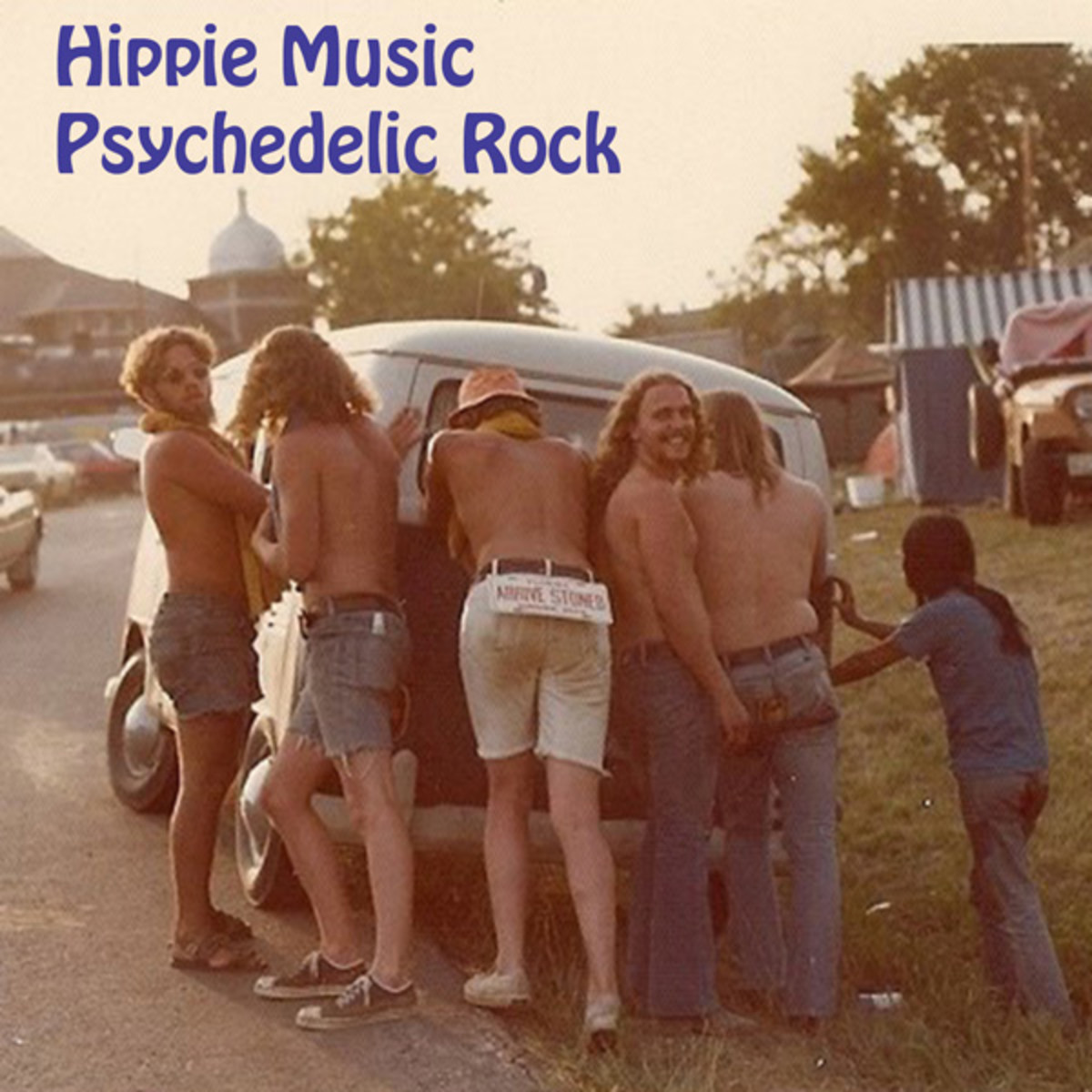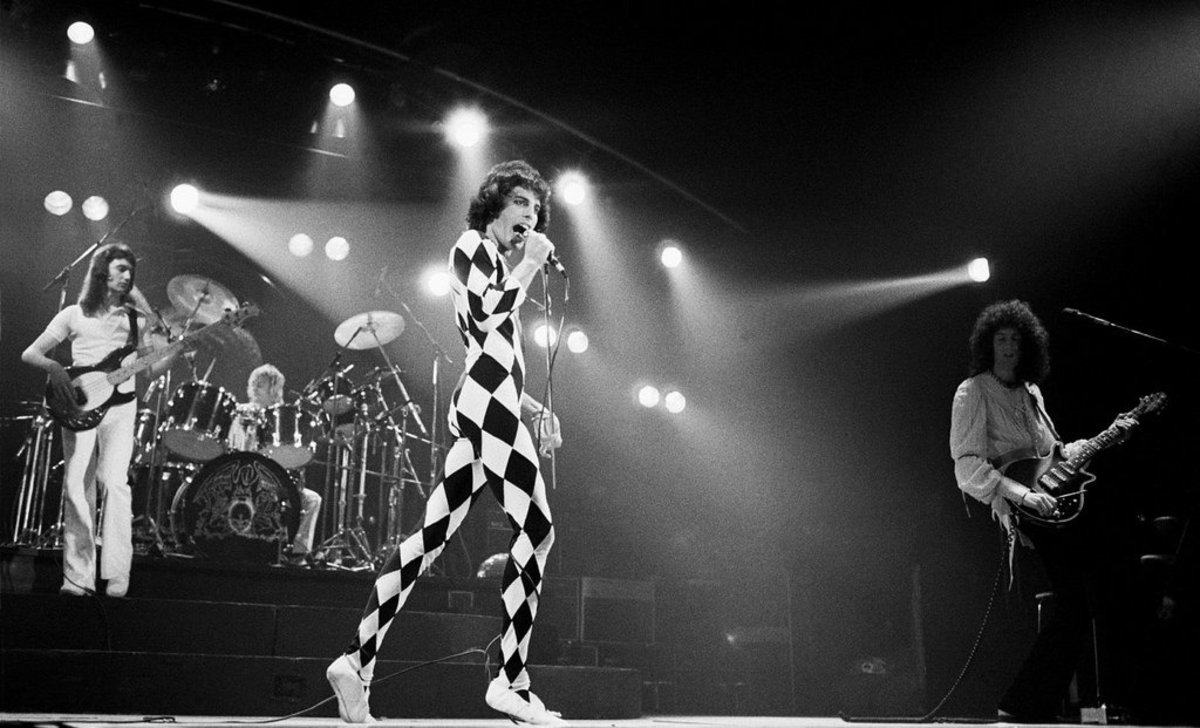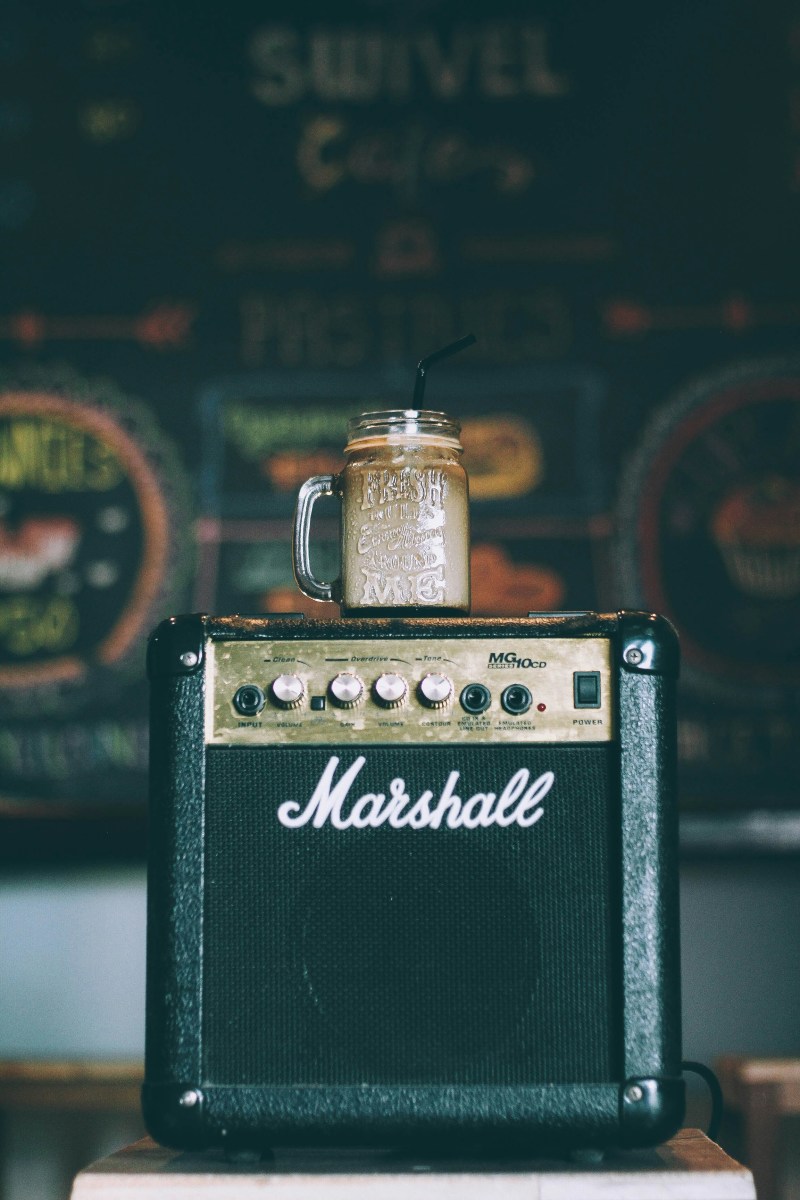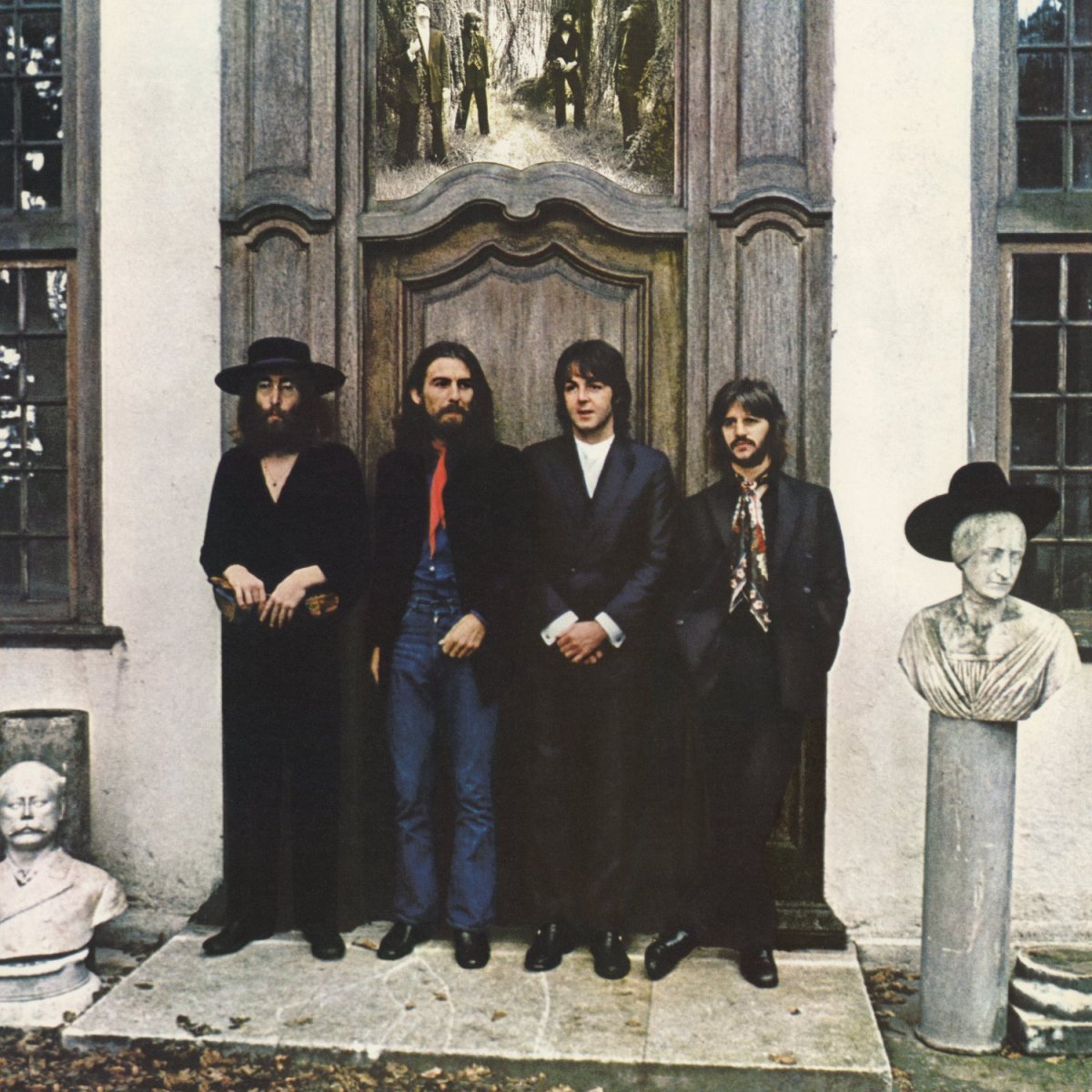My Greatest Decade: Rude Women Rising, Part I – Grace Slick
The “Girl Singer”: Before
Once upon a time – during the first half of the 1960s to be precise – there existed in pop music an exotic species commonly called the “girl singer.” Sometimes this sweet, virginal angel would perform with others of her kind in a “girl group;” on rare occasions she would serve as the featured vocalist of an otherwise male band; and very often she would sing solo. But always she would sing about “girly” things: the anxiety of trying to win a boy, the joy of having a boy and the pain of losing a boy (often to her best friend). But she would never, ever sing about loving a man, nor would she ever go further, sexually, than a moonlight kiss. In other words, her songs reflected the sexual desires and fears of young teenage girls of the era, as well as the strict taboos of the music industry, since 90 percent or more of pop records at the time were geared to the teenage market.
An excellent example of this phenomenon was Lesley Gore. It’s not my intention to mock the gifted Ms. Gore; after all, she did, during this same period, record the daring proto-feminist anthem You Don’t Own Me (1963). But though that song reached number 2 on the pop charts, her chart-topping monster hit was the Quincy Jones-produced classic It’s My Party from the same year, a song about a girl who loses her beau, Johnny, to a rival, Judy, at her own birthday party. Of course, from what we now know about Ms. Gore’s sexuality, in real life she would have been much more likely to cry over losing Judy to Johnny… but such sentiments were also taboo in the music of the time.
Lesley Gore on Hollywood A Go Go (1965) – It’s My Party
The "Girl Singer": After
The Beatles and Bob Dylan transformed all this, just as they transformed everything else. For one of the most important changes that these two artists helped to bring about was to pull back older teenagers, and even college students and other young adults, to the pop music marketplace they thought they’d outgrown. And almost imperceptibly, that market began to shift to reflect the tastes of this older and more sophisticated audience.
Just as Dylan and John Lennon represented the new breed of male pop star – hip, funny, defiant, self-aware – there developed a need for a different type of “girl singer.” one who was bold, dramatic, headstrong, independent – and decidedly not virginal. As a result, the two artists who suddenly emerged in San Francisco in 1967 to fill this role, Grace Slick and Janis Joplin, became the biggest female rock stars ever up to that time… and these singers were actual women, not girls.
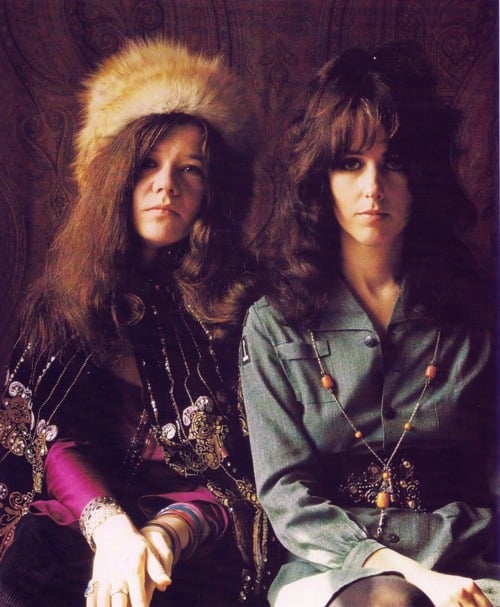
The State of Grace
As a young bride in San Francisco in 1965, Grace Wing Slick opened the newspaper one day and read a story about a new local rock and roll band with the outlandish name of Jefferson Airplane. She glanced at the photo of the band’s founder – lead singer Marty Balin – and liked what she saw. Grace began to wonder if she, too, could become part of this growing music scene. She got together with her husband, Jerry Slick, who played drums, her brother-in-law, Darby Slick, who played guitar, and three other musicians to form a new band that called itself The Great Society, and soon got a recording contract with a local label, Autumn Records. They recorded a single, Someone [sic] to Love, composed by Darby, with Free Advice on the B-side. But the staff producer for the label, Sylvester Stewart, later known as Sly Stone, balked when the still very raw band needed to record Free Advice more than fifty times before achieving a usable take, and he walked out of the studio.
The band’s live shows, however, were very popular, and they often performed with Jefferson Airplane at The Matrix, a small San Francisco club Marty Balin had created to provide a showcase for his group and other artists. Below is a recording (from the album Live at the Matrix) by The Great Society performing Sally Go 'Round the Roses, a cover of the Jaynetts’ 1963 hit, itself derived from “Ring Around the Rosie.” The message here actually is not much different from It’s My Party: beware of girls who would steal your boy. But this recording has a nice, ominous vibe that transcends the song’s girl group origins, and forecasts great vocal performances to come.
The Great Society at The Matrix, San Francisco (1966) – Sally Go ‘Round the Roses (with Nice Slideshow)
Grace before the Airplane - The Great Society CD
Boarding the Airplane
Jefferson Airplane’s excellent female singer, Signe Anderson, left the band in October 1966 to start a family… and the remaining members didn’t need to look far for a replacement. Once invited, Grace jumped at the chance to join a band that was much more popular, creative and professional than her present one. And so she joined Balin, lead guitarist Jorma Kaukonen, bassist Jack Cassidy, rhythm guitarist Paul Kantner and drummer Spencer Dryden – the classic Airplane lineup – and left The Great Society, and her marriage, behind. But she brought along with her Darby’s song, now called Somebody to Love, and her own composition, White Rabbit. Both songs appeared on the Airplane's best-selling album Surrealistic Pillow and both would become Top Ten hits in 1967, introducing an unsuspecting public to the bold new style called psychedelic rock, which would dominate the music industry for the next year-and-a-half.
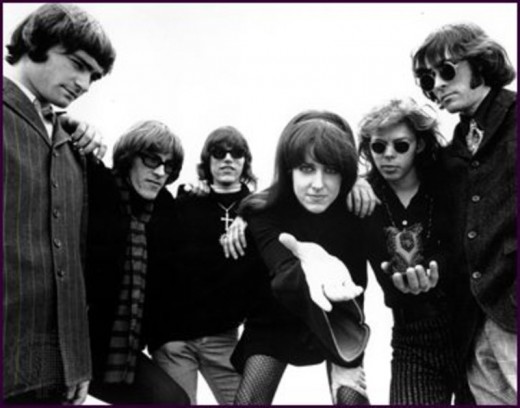
Below is a clip of Grace performing the songs on the Smothers Brothers’ TV show in 1967. The single of Somebody to Love was almost as revolutionary as Dylan’s recording of Like a Rolling Stone. For the very first time, a female rocker could express powerful feelings, including rage, with fierce, unvarnished intensity and no apologies, just like a man; previously, only some blues and jazz singers could do that. (As a rock critic once wrote, Grace sounds like she's singing through clenched teeth.) And Slick’s appearance on TV was also unnerving: though drop-dead gorgeous, her fierce, hard, blue-eyed stare could cut a man down like a tree. She was not interested in making nice, like the Lesley Gores of the world.
The lyrics for White Rabbit had been inspired by Lewis Carroll’s Alice in Wonderland, while its melody was adapted from Ravel’s Bolero. Such an arty experiment would have gone right over the heads of Lesley Gore’s fans. But for the newer, hipper audience, Slick’s song hit the bull’s-eye, and nobody who first heard it at that time ever forgot it.
Jefferson Airplane on The Smothers Brothers Show (1967) – White Rabbit / Somebody to Love
The second Airplane album - Surrealistic Pillow
The third Airplane album - After Bathing at Baxter's
Iconoclastic Icons
By late 1968, the members of Jefferson Airplane were much more than pop stars; they were icons of an emerging youth movement that was becoming increasingly political and less and less reluctant to use the “R” word – Revolution. But they were also, including Grace, born iconoclasts who never hesitated to critique the counterculture’s uglier aspects.
Enter a revolutionary French filmmaker who was also both icon and iconoclast – New Wave master Jean-Luc Godard. He had come to New York to make a documentary on the movement for public TV (which was never finished) called One A.M. (One American Movie). Naturally, he approached the Airplane to play for the film, but with an unusual proviso: that they perform not in the studio or onstage, but on the roof of the (now-defunct) Schuyler Hotel in midtown Manhattan during a working weekday.
The result was their incredibly powerful performance, on Friday, November 1st, of one of the group’s darkest songs, The House at Pooneil Corners (first recorded for Crown of Creation), which decried the decline of the hippie dream. The ferocious noise attracted gawkers from neighboring buildings and stopped traffic on the street below. (Note the witty appearance of the logo for the band's record label at the time, RCA, at 2:40 in the video.) The single-song concert was then unceremoniously halted by the police, as the band had no permit. One wonders if this event inspired The Beatles’ legendary rooftop concert at Apple headquarters less than three months later (which was also stopped by the cops).
Jefferson Airplane on a New York Rooftop (November 1, 1968, for the Unfinished Jean-Luc Godard Film One A.M) – House at Pooneil Corners
The fourth Airplane album - Crown of Creation
In a sense, despite her fame, Grace Slick was something of a fish out of water in the rock scene, as she remained an unreconstructed Beatnik in a world of hippies, whose pretentions (like the back-to-the-land movement) she would mock as readily as she ridiculed the world of the squares. But for Jefferson Airplane’s appearance at the Woodstock festival in August 1969, Slick was willing to play the role of Earth Mother. Even her hair, now a wild, frizzy mass on her head, was different – though she never looked lovelier. And here she sang, in addition to the band’s hits, Won’t You Try / Saturday Afternoon (originally released on my second-favorite Airplane album, After Bathing at Baxter’s). This song was Paul Kantner’s tribute to the San Francisco Human Be-In, a hippie milestone that had taken place in January 1967 – only two-and-a-half years prior, but an eternity in ‘Sixties time.
A lot happened to Slick after Woodstock, much of it bad, but we shall part with her here, on this literal and figurative high note.
(Continued in Part II)
The Jefferson Airplane at Woodstock (August, 1969) – Won’t You Try? / Saturday Afternoon
The Woodstock Experience
Jefferson Airplane - compilation album
© 2014 John D. Baldwin




